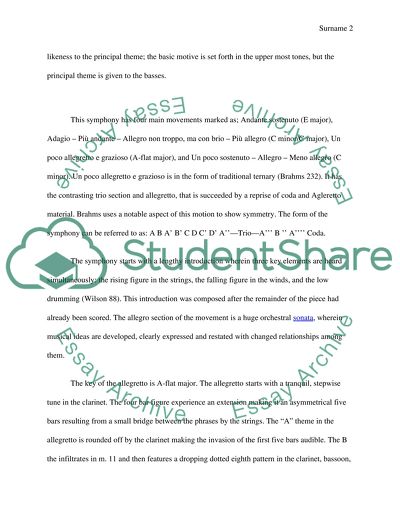Cite this document
(“Symphony No 1 (Brahms Analysis) Essay Example | Topics and Well Written Essays - 2250 words”, n.d.)
Retrieved from https://studentshare.org/music/1490803-symphony-no-1-brahms-analysis
Retrieved from https://studentshare.org/music/1490803-symphony-no-1-brahms-analysis
(Symphony No 1 (Brahms Analysis) Essay Example | Topics and Well Written Essays - 2250 Words)
https://studentshare.org/music/1490803-symphony-no-1-brahms-analysis.
https://studentshare.org/music/1490803-symphony-no-1-brahms-analysis.
“Symphony No 1 (Brahms Analysis) Essay Example | Topics and Well Written Essays - 2250 Words”, n.d. https://studentshare.org/music/1490803-symphony-no-1-brahms-analysis.


